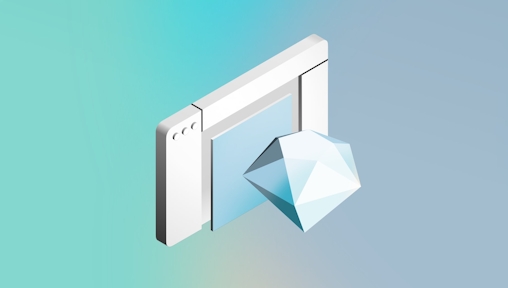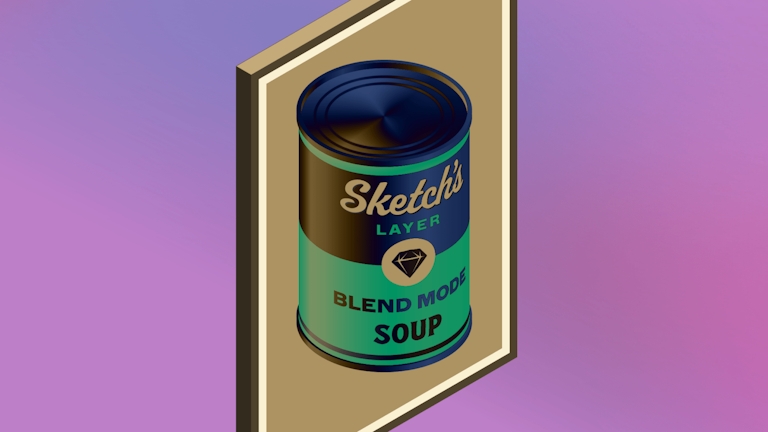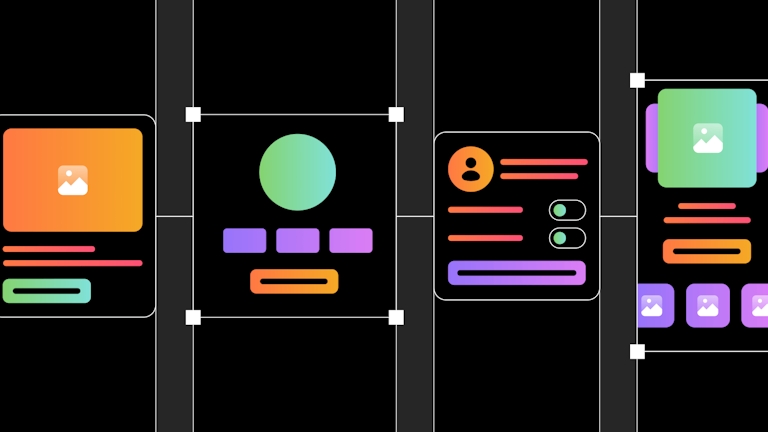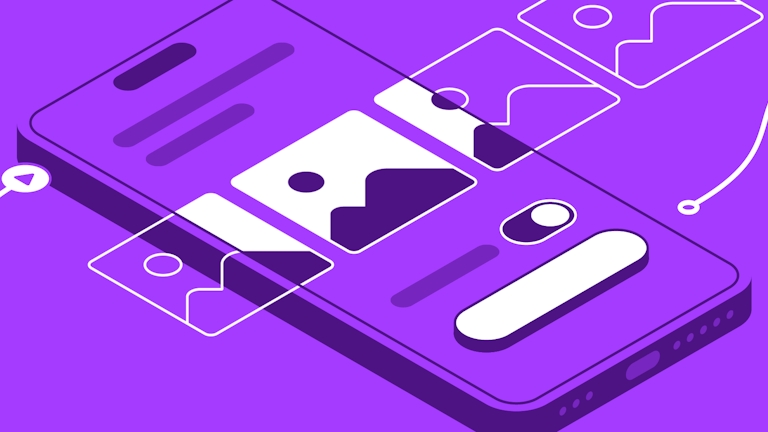
Sketch 2.3 and Mirror
We’re incredibly excited to announce that Sketch 2.3 and Sketch Mirror will both be released on Monday. And of course, Sketch 2.3 will be a free update for existing users.

We’re incredibly excited to announce that Sketch 2.3 and Sketch Mirror will both be released on Monday. And of course, Sketch 2.3 will be a free update for existing users.

Give your designs that extra polish with a single click

In our final post of this behind the feature series, Paulo and Torsten explain how they broke Smart Layout free from the confines of Symbols and brought it to groups and Artboards.

Learn how to create realistic prototypes with a variety of tools, like Overlays or scroll areas, add movement with Smart Animate and preview them in our iOS app

Give your designs that extra polish with a single click

In our final post of this behind the feature series, Paulo and Torsten explain how they broke Smart Layout free from the confines of Symbols and brought it to groups and Artboards.

Learn how to create realistic prototypes with a variety of tools, like Overlays or scroll areas, add movement with Smart Animate and preview them in our iOS app